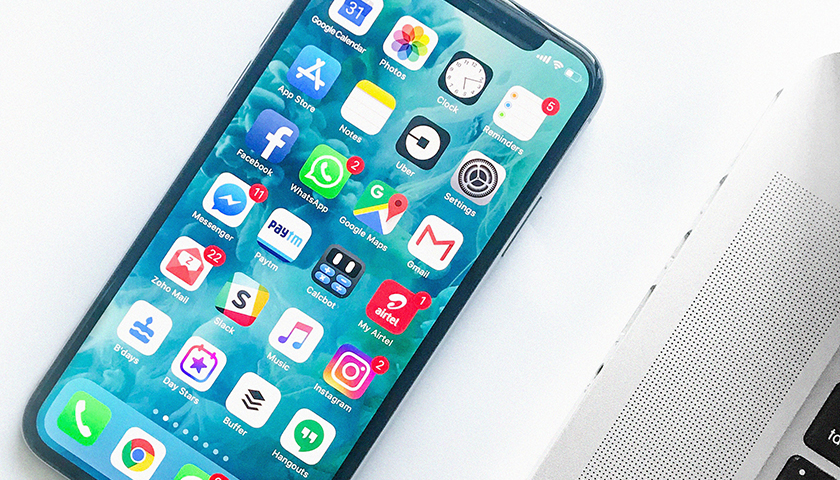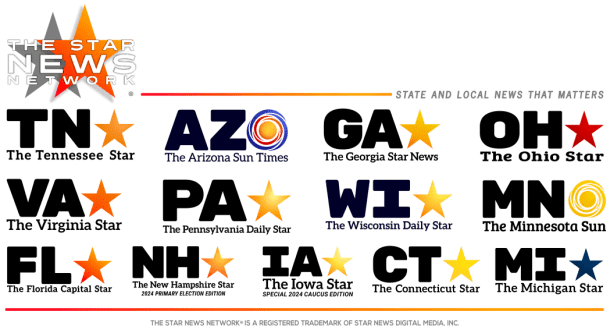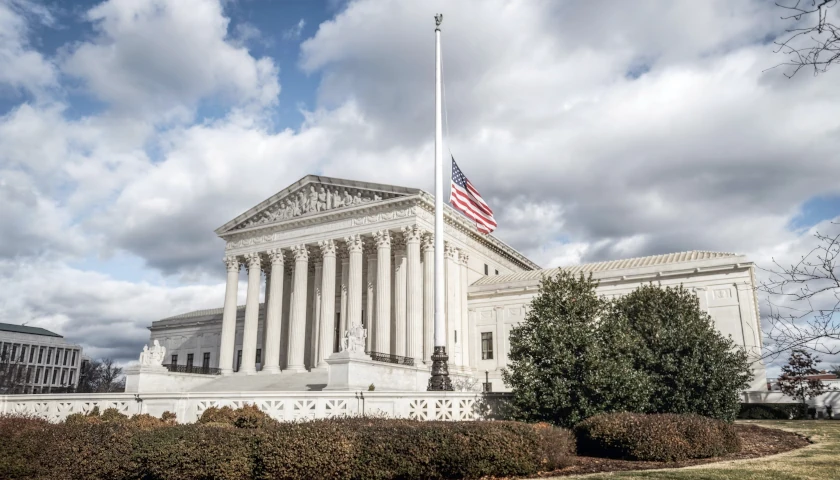by Kalev Leetaru
Amid growing bipartisan agreement that increased regulation of social media platforms and their content moderation policies is needed, the path forward remains murky. Should Section 230 of the Communications Decency Act be discarded or strengthened? Should companies be broken up using antitrust laws? Should government set speech rules for the web? Should users decide them? Or should there be no rules at all?
There is no shortage of solutions being put forth to solve the challenge of social media censorship. The problem is that without a better understanding of how social platforms invisibly shape the public square of democracy today, we don’t know which of these possible solutions might have the greatest impact. In short, to fix social media, we first need a better understanding of its ills: Section 230 must be amended to legislate social platform transparency.
A new RealClearFoundation report, “Transparency Is the First Step Toward Addressing Social Media Censorship,” outlines the public data sets we need to usher in transparency and better understand the challenges we face.
Much as a doctor cannot prescribe a treatment plan for a patient without first diagnosing the specific ailments from which they suffer, meaningful reform of social censorship requires data-driven interventions. Facebook whistleblower Frances Haugen warned last week that “as long as Facebook is operating in the shadows, hiding its [work] from public scrutiny, it is unaccountable.” The problem, as Haugen notes, is that we lack the most basic data on how social platforms function and their impact on society to be able to understand how we might best regulate them.
How did we get here?
Almost since America’s founding, the nation has wrestled with what Supreme Court Justice John Marshall Harlan once called the “intractable” problem of defining what kinds of speech should be permitted and which should be banned. Early efforts focused on regulating speakers themselves, shifting over time to gatekeepers, allowing citizens freedom to express their views under the First Amendment but limiting the distribution of undesirable views to the public. Censorship rules reflecting local morals gave way to centralized national rules, which social platforms have today turned into global rules. Allowing states agency to define acceptable speech failed to prevent conflicts, as they attempted to silence speech from afar, while centralizing power meant a single set of rules had to be defined for an entire nation. These speech arbitrators evolved from government officials in the Post Office era to private companies in the motion picture and early radio era to hybrid models in the later broadcasting era. Left in private hands, publishers censored topics and public figures they disliked. Left in government hands, policy dissent and criticism were silenced. Left to the courts, consensus was elusive and the rules ever-changing.
The end result was the creation of Section 230.
A nation that had tried every conceivable approach to defining acceptable speech, from local to federal, government to private, mandatory to voluntary, courts to capitalism essentially gave up and asked private companies in Silicon Valley to take over and decide for themselves what America should be allowed to see and say. Seduced by the idea that the precision of mathematics and computer code could solve what two centuries of democracy could not, Congress granted private Internet companies near-absolute power to regulate digital speech globally.
The problem is that Section 230 failed to require anything in return for this near-absolute immunity. It simply trusted that these companies would always put the nation’s best interests ahead of their own profit. States were explicitly barred from narrowing 230’s protections and government was given no oversight role, depriving the American public from influencing or even seeing the rules that govern the digital public square. Most importantly, Section 230 failed to require even the most basic of transparency around how companies wielded its protections.
Social media companies today routinely restrict posts and suspend, ban, or demonetize users without any explanation or by citing vague or unrelated policies. Search the web for the phrase “suspended with no explanation” along with the name of any major social platform, and endless pages detailing user experiences will be returned. Even mainstream media is not exempt, as Twitter’s ever-changing explanations for banning the New York Post’s Hunter Biden laptop story reinforces. Yet the only glimpses of the detailed rules defining what is “acceptable” tend to come from leaks of internal company documents to the press rather than voluntary disclosures by the companies themselves.
Moreover, Section 230’s reach now extends beyond the web to the physical world, as Facebook arbitrates which protest marches are permissible to promote; Uber and Lyft ban users over their tweets; Airbnb banishes users over their group affiliations; Amazon refuses to publish books it disagrees with; and even Microsoft crafts acceptable use policies for desktop software. Even foreign-owned TikTok banned Donald Trump, as did its U.S. peers, reflecting the increasingly international reach of Silicon Valley’s rules.
Where do we go from here?
Fixing social media requires first understanding how these unimaginably powerful black boxes truly function internally. Section 230 must be amended to require that in return for the liability immunity they enjoy, Internet platforms must make the real-world rules, algorithms, design decisions and management directives that determine what we see each day accessible to policymakers, researchers, the press and the public at large. Social media’s reach into Americans’ daily lives is too great to leave our understanding of its harms and undue influence to the courage of whistleblowers. A new Section 230 “transparency amendment” would require that social platforms make an array of key datasets publicly available, thus replacing chance leaks with routine disclosure and enabling policymakers to have informed data-driven debates as they seek to chart a regulatory path forward.
Transparency alone cannot solve our diverse and divided nation’s disagreements over the ideas, beliefs, knowledge, and speech that should guide our democratic debates over our shared future. What it can do is transform today’s closed and seemingly capricious systems into a public process — akin to our legal and electoral systems — that can be scrutinized and publicly debated.
Today’s RealClearFoundation report, “Transparency Is the First Step Toward Addressing Social Media Censorship,” offers a glimpse of what this transparent future might look like, while the full-length research report behind it, “Social Media, Digital Censorship & the Future of Democracy,” details America’s 2½-century journey to a world in which a handful of unelected billionaires wield near-absolute control over digital speech, with the power to censor citizens and governments alike, arbitrate “acceptable speech” for the entire planet, determine “truth” and even silence the presidency.
– – –





